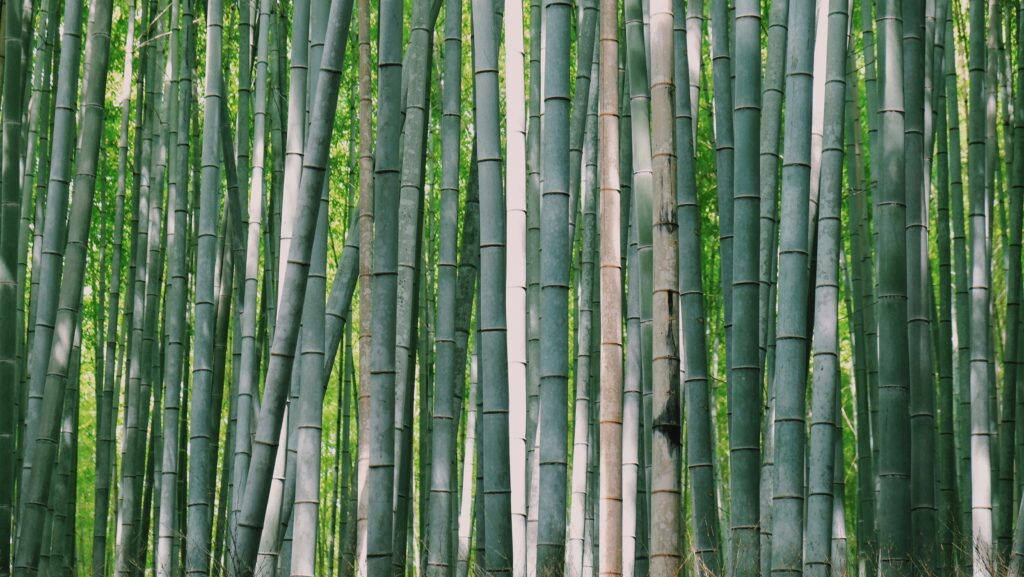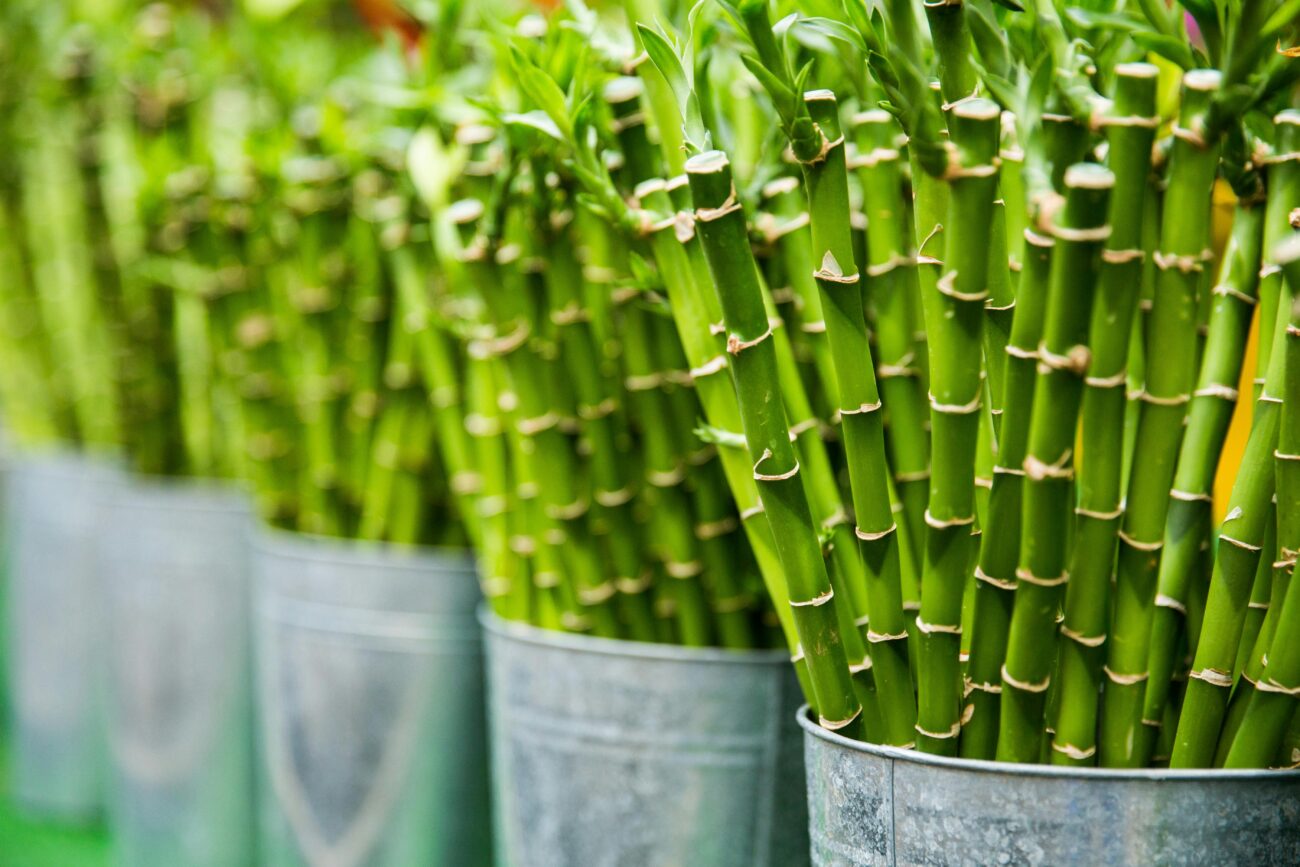Introduction: A Fuel You Didn’t Expect
If you’re anything like me, you’ve probably stood in your backyard at some point, looking at a clump of overgrown bamboo and wondering, “Can you burn bamboo in a wood stove?” That thought first crossed my mind about ten years ago, after a neighbor offered me a truckload of freshly cut bamboo. Being the kind of person who never says no to free fuel, I said, “Sure, why not?” Little did I know then, this innocent offer would lead to a whole new learning curve.
So, can you burn bamboo in a wood stove safely and efficiently? The short answer is yes, but only if you do it right. Bamboo isn’t just another stick to toss in the firebox. It burns hot, fast, and comes with some quirks you need to respect if you want to avoid safety risks and stove damage.
In this guide, I’ll share everything I’ve learned over 15 years of running wood stoves, including all the trial and error with bamboo. We’ll cover safety concerns, preparation techniques, fuel efficiency comparisons, and even bamboo pellets and charcoal. If you’ve got questions like “is bamboo safe to burn in wood stoves” or “how to prepare bamboo for wood stove use,” you’re in the right place. And yes, we’ll answer the question “can you burn bamboo in a wood stove” more than once, because it’s the first thing you think, and the last thing you want to mess up.
Understanding Bamboo as Fuel

Let’s start with the basics. Why does this question come up so often: can you burn bamboo in a wood stove? Well, bamboo behaves differently from traditional firewood. It’s fast-growing, hollow, and in many regions, considered an invasive species. It feels like free firewood waiting to happen.
First, let’s talk about the physical characteristics. Unlike oak, maple, or even softwoods like pine, bamboo is hollow and segmented. This hollow structure means it can trap moisture and build pressure when heated, more on that in the safety section. But in terms of density, bamboo falls somewhere between softwood and hardwood. Its BTU output ranges from 7,000 to 9,000 BTUs per pound, which is comparable to lower-grade hardwoods like aspen or alder.
As for burn time? Bamboo burns fast. If you’re used to loading up with seasoned hickory and getting a slow, even burn all night, bamboo will surprise you. It catches quickly and produces a strong flame, but it’s more like kindling than a slow-burn log. That said, when combined with denser woods, it can be a great way to get your firebox up to temperature quickly.
Still wondering, can you burn bamboo in a wood stove long-term? You can, but not without adjustments. Its rapid growth and widespread availability make it tempting, but without proper prep, it’s more trouble than it’s worth.
Safety Considerations and Risks

Here’s where the rubber meets the road. Is bamboo safe to burn in wood stoves? Yes, but only with serious safety precautions.
Let’s talk about the bamboo explosion risk in a wood stove. Sounds dramatic, but it’s real. Those hollow chambers inside bamboo stalks can trap moisture. When heated, steam builds pressure and can cause the segment to pop or even explode. I’ve heard the snap myself, like a firecracker going off in the stove. It’s startling and, more importantly, it can damage your stove’s glass or even the flue if you’re not careful.
To avoid this, the number one rule is: never burn green or unsplit bamboo. Always split it lengthwise, so steam can escape. Puncturing the chambers can work too, but splitting is more reliable.
Another factor to consider is ash. Bamboo creates a fluffy, light ash that floats. This can clog your air inlets or contribute to chimney buildup faster than you’d expect. Ash cleanup becomes more frequent. A vacuum ash collector becomes almost essential if you’re using bamboo firewood regularly.
And don’t forget creosote. Bamboo burns hot and fast, but the short burn time means your stove might not stay in the ideal temperature range long enough to minimize creosote buildup. Frequent chimney inspections are a must.
So, can you burn bamboo in a wood stove without endangering your setup? Yes, but only if you prep it right and clean more often.
If you’re new to burning less conventional fuels, it’s crucial to monitor your stove’s temperature closely, especially with fast-burning materials like bamboo. Overheating can sneak up on you fast. Check out our full guide on how to prevent wood stove overfiring to keep things safe and efficient.
Proper Preparation and Best Practices
So now you know that while bamboo has potential, the real question is can you burn bamboo in a wood stove safely and effectively, Here’s how to prepare bamboo for wood stove use, step by step:

- Harvest Mature Stalks: Younger bamboo has more moisture and burns poorly.
- Split It Lengthwise: This is non-negotiable. Use a hatchet or table saw to split releases trapped steam and eliminates the bamboo explosion risk in a wood stove.
- Dry Thoroughly: Bamboo should be seasoned for 6-12 months, depending on your climate. Aim for 15-20% moisture content. A cheap moisture meter works wonders.
- Mix It Wisely: Don’t fill the whole firebox with bamboo. Mix in a ratio of 1:2 with hardwood for better heat retention and safer burning.
- Use as Kindling or Secondary Fuel: Bamboo excels as a starter or to quickly boost firebox temps before switching to hardwoods.
Once again, can you burn bamboo in a wood stove safely? Absolutely, when it’s split, dry, and part of a smart burn strategy.
Environmental Benefits and Sustainability

Why even go to all this trouble? Because bamboo is one of the most sustainable heating fuel options out there. According to the U.S. Environmental Protection Agency (EPA), using dry, well-prepared biomass fuels like bamboo can reduce emissions significantly when burned in modern EPA-certified stoves.
Bamboo can grow up to 3 feet in a single day. Compare that to oak, which can take 40 years to mature. That rapid growth means bamboo firewood is highly renewable. Plus, bamboo absorbs more CO2 and produces more oxygen than most hardwoods.
Using bamboo reduces pressure on traditional forests. It’s an eco-friendly heating fuel that’s often locally available, reducing the carbon footprint of transporting wood. This matters, especially if you’re trying to lower your home’s overall environmental impact.
From an emissions standpoint, bamboo produces less smoke and fewer particulates when dry and properly burned. Pair that with a modern EPA-certified stove with secondary burn capabilities, and you’ve got a cleaner, greener heating method.
Alternative Bamboo Fuel Forms
Maybe you don’t want to process raw bamboo yourself. You’re not alone. Thankfully, there are alternative bamboo fuel forms for wood stoves:
- Bamboo Pellets: These work in pellet stoves or multi-fuel models. They’re consistent in size, moisture content, and burn clean. If your stove supports it, bamboo pellets are a great low-effort option.
- Bamboo Charcoal: An excellent fuel for controlled heat and minimal ash. It burns hotter and longer than raw bamboo, and you can even make your own if you’re up for the challenge.
- Commercial Bamboo Logs: Some eco-friendly heating fuel manufacturers now offer compressed bamboo logs. They cost more than traditional wood but are easy to store and use.
Whether you’re after convenience or efficiency, these options help answer the question, can you burn bamboo in a wood stove, without the mess.
For a simple breakdown of bamboo’s pros and cons as firewood, plus handy drying tips, check out this guide from Bamboo Plants HQ. It’s a quick, helpful read if you’re thinking about burning bamboo.
Real-World Experience and Performance
Let me share what it’s actually like burning bamboo in a wood stove.
During shoulder season (fall and spring), bamboo is fantastic. I use it to take the chill off the house in the morning without overheating the place. It lights fast, throws heat immediately, and helps preheat the stove for hardwood logs.
But in the dead of winter? I rely on oak and maple. Bamboo just doesn’t have the staying power.
Maintenance-wise, you’ll find yourself cleaning out the ash box more often. And the floating ash can trigger smoke alarms if your stove door leaks even slightly. I learned that the hard way. If your ash system is outdated or not sealing properly, check out our DIY guide to replacing your wood stove ash pan that walks you through it step-by-step.
Still, can you burn bamboo in a wood stove regularly? Yes, as long as you understand its strengths and use it where it shines.
Conclusion and Recommendations
So, can you burn bamboo in a wood stove? Yes, and with the right prep, it’s a valuable addition to your wood stove fuel lineup. Remember to split it, season it, and mix it with hardwoods for best results. Watch out for the explosion risk, clean your chimney more often, and enjoy the fast heat.
Bamboo may never replace oak or maple, but as a kindling, booster fuel, or eco-conscious alternative, it’s got real potential. Got your own experience with bamboo firewood? Drop a comment or share a tip. We’re all in this together, just trying to stay warm, safely and sustainably.
FAQs about Burning Bamboo in a Wood Stove
Can bamboo really explode in a wood stove?
Yes, it can. The hollow chambers inside bamboo trap steam when heated. If you burn un-split or green bamboo, the pressure can build and cause loud pops, or worse, damage. Always split and season it properly.
Is bamboo more like kindling or regular firewood?
More like kindling. It burns fast and hot, making it great for starting fires or boosting heat quickly, but it won’t give you a long, overnight burn like oak or maple.
Can I mix bamboo with other firewood types?
Absolutely. In fact, it’s the best way to burn bamboo. Mix at a 1:2 ratio with hardwood to balance heat output, burn time, and reduce safety concerns.
Does bamboo create a lot of ash?
Yes, bamboo produces a light, fluffy ash that floats. It can clog air inlets and needs more frequent ash box cleaning. It’s not a dealbreaker, just something to stay on top of.
What’s the best time of year to burn bamboo?
Early fall and spring. It’s perfect for taking the edge off chilly mornings without overheating your house. For winter’s deep cold, you’ll want to stick with denser hardwoods.





